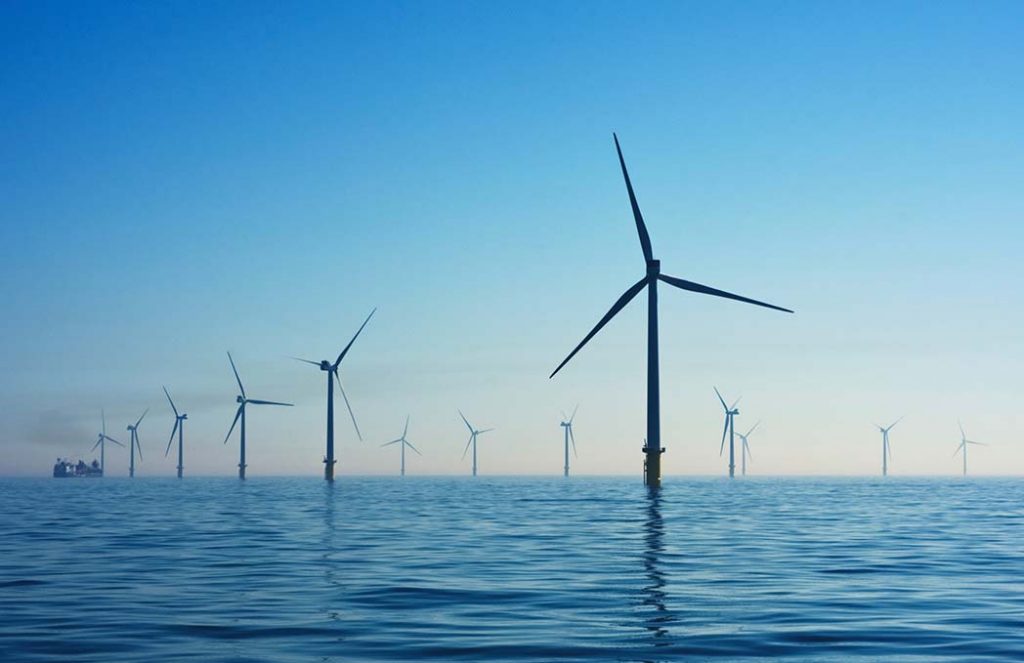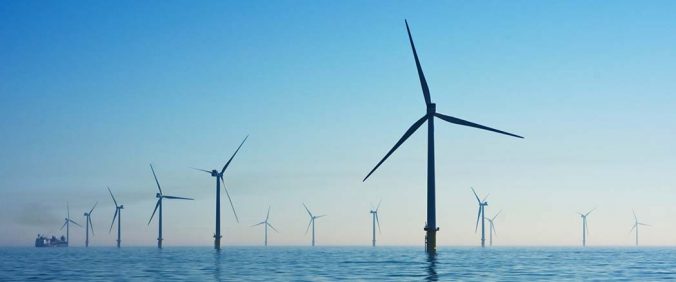The latest auction of nearly 6GW of new renewable generating capacity in the UK has seen a highly symbolic threshold crossed for the first time. Prices are so low that new windfarms could generate electricity more cheaply than existing gas-fired power stations as early as 2023.
The contracts awarded on 20th September 2019 comprised 5.5GW of offshore wind and 0.3GW of onshore wind in Scotland across a total of 12 schemes. Once commissioned the annual output from the new turbines is expected to be 29 terawatt hours of electricity equivalent to 9% of the total output in the UK in 2018.
The record prices, some £8 to £9 below the reference price issued by the government, will see projects coming in at £44/MWh (£39.65/MWh in 2012 prices) when they start operating in 2023/24. The results were a surprise to analysts who had not expected costs to fall to this level until 2030.
It means that instead of receiving a subsidy from levies on consumer bills the new schemes are expected to contribute in the order of £600m by 2027 (assuming the energy market follows the government’s
expected reference price).
It now looks as if UK renewables have passed the second of what Michael Liebreich, founder of Bloomberg New Energy Finance has described as “tipping points”, the first when new renewables can generate electricity more cheaply than new fossil-fuelled generation, and the second then it is cheaper to build new renewables than keep existing fossil-fuelled power stations running.
Given that new large-scale renewable generation is cheaper and has arrived earlier than expected it raises the question of whether the target for the total proportion of energy generated from off-shore wind should be increased. According to the Committee on Climate Change up to 75GW may be needed by 2050 (from a capacity closer to 9GW today) as part of getting to a net-zero economy, and allowing for the move to electric heating and transport. But these estimates were based on the cost of off-shore wind being £51/MWh by 2050, a price which will be beaten by the new schemes covered in September’s auction. It also suggests that the cumulative impact of off-shore infrastructure on this scale will need to be considered well in advance, and given the potential build-out rate, sooner rather than later.

